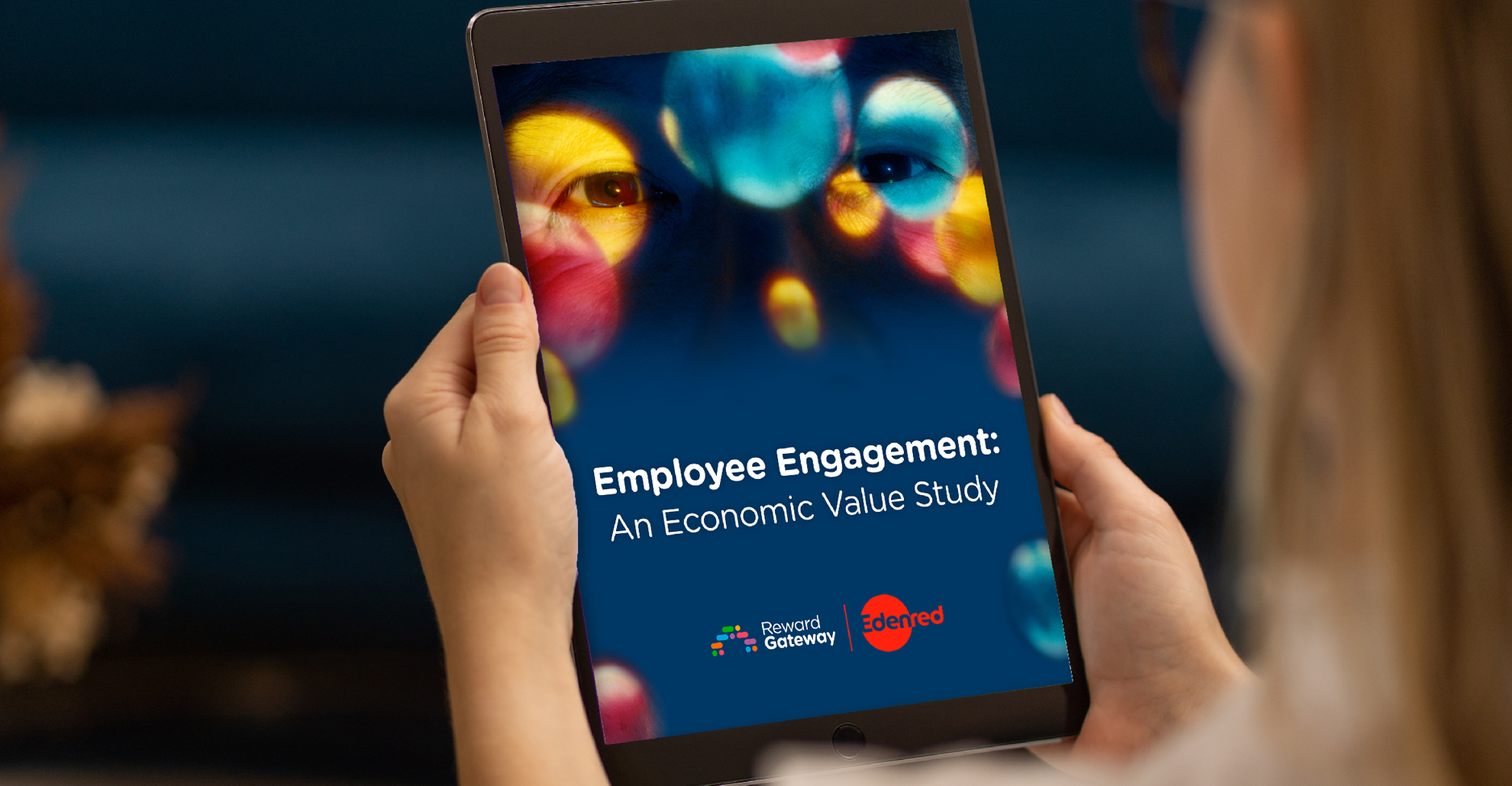
3 min read
Every year, I notice that the end of the financial year is an especially challenging time for HR leaders. You’re working with your executive team to develop your strategic people plans for the next financial year and setting your HR objectives to drive strong engagement results.
Naturally, this includes reviewing every aspect of the employee experience to drive improved attraction and retention of talent along with increased productivity and innovation.
For most HR teams this involves understanding the state of the nation – what is happening with your employee experience that your people are happy about, and what could do with some shaking up to improve your Employee Value Proposition?
At this time of year, when remuneration reviews are top on the agenda, pay can be an enormous disengager for your people, especially if they perceive it being dealt with unfairly. But giving everyone a salary increase isn’t necessarily going to increase employee engagement – especially when the amount most employees are after isn’t affordable for most businesses. So, what can you do?
Now is a good time to start thinking about the types of benefits you want to and can offer your people – and here’s where this framework can help.
Not all benefits are made equal. Some may be more relevant to your people depending on their age, lifestyle or economic and cultural background.
Some benefits are less expensive to introduce than you initially budget for, while others provide more return on investment than you realise. Let's take a look at a few:
Essential Employee Benefits Examples
|
Economic |
These benefits help employees save money or amplify their disposable income. Some options – like employer funded healthcare or insurance – can be costly for employers but provide invaluable peace of mind for employees. Other options – like an employee discounts platform – can be a low cost-per-head investment but provide thousands of dollars of savings per year for each person. |
|
Cultural |
These benefits make a statement about your company culture or reflects certain values and behaviours you want your people to embrace. Examples include employer-funded social or training events for employee families, hackathons where people can work on any project they like, peer-to-peer employee recognition and reward programs, or an allowance that supports physical or mental wellbeing. |
|
Time |
These benefits helps employees save or take back their time. A simple (and free or low-cost) option is encouraging flexible working. Other options include providing onsite food, health care (such as physiotherapy or monthly massages), or concierge services. |
|
Regulatory |
These are the standard benefits that every employer is legally required to provide. This includes superannuation, parental leave, personal leave, and annual or holiday leave. While you might not have room to move when it comes to these benefits, communicating these benefits clearly to all employees can help improve their engagement. |
 A look at the SmartSpending™ mobile employee discounts app
A look at the SmartSpending™ mobile employee discounts app
Sometimes a benefit may fit into more than one of these categories, and that’s fine.
The important thing is to ensure you are providing your people with the ability to choose from a range of relevant and valuable benefits that will improve not only their experience at work, but their life outside it too.
Do you already provide a mix of these four types of employee benefits? Is there something simple you can introduce or improve that will help improve your employee experience?
Now is a perfect time to assess and consider the changes you might make to stand out as an employer of choice.
 Jon Fulluck
Jon Fulluck



